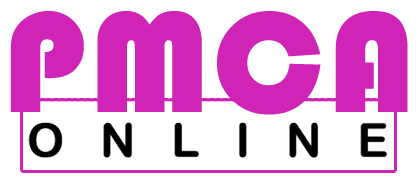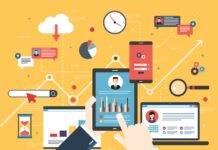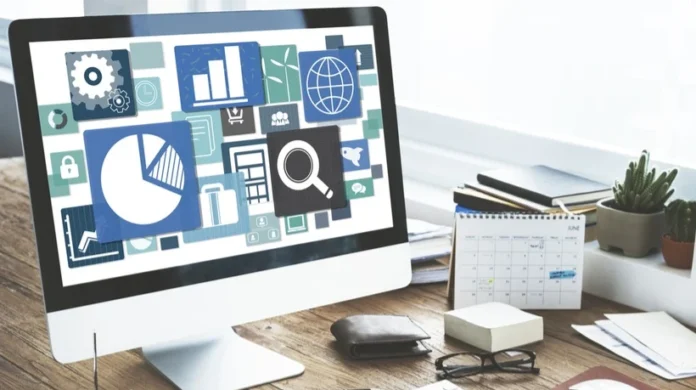
As the digital revolution takes hold, technology advances to address a wide range of challenges, and retirement ages increase globally, businesses cannot afford to ignore upskilling and reskilling as a strategic initiative.
While the workforce is adapting to the changing landscape, it becomes increasingly apparent that there is a generation gap between employees who are comfortable with new digital tools and those who aren’t. There is often conflict between the generations. Here is why:
The difference in expectations of generation within a corporation
Not only do younger learners expect technology to be part of every aspect of their lives, but they also expect it to be easy to use. On the other hand, older learners believe that technology is only useful for communication and entertainment purposes.
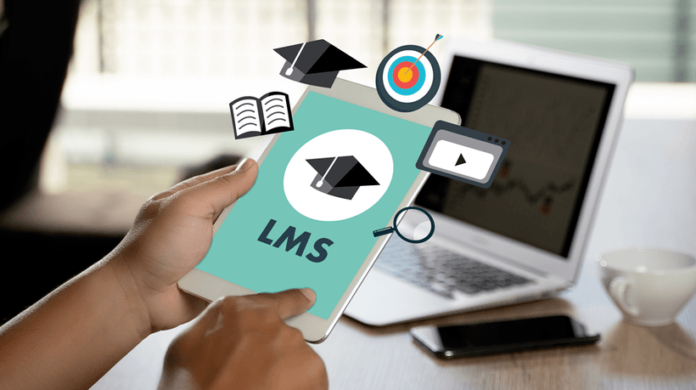
The difference in learning method of generation within a corporation
There is also a gap between how younger and older generations approach learning. Digital natives, Gen Z, and millennials are used to continuous access to information and constantly seek more knowledge through YouTube videos, lectures, podcasts, hands-on application experience, whereas those who grew up without technology value authority and trust experts in their fields like instructor-led training and classroom coaching.
What’s needed is an LMS like Saba LMS that can be customized to suit the unique needs of each generation in the organization. Learning Management Systems (LMS) can catalyze digital upskilling in your enterprise by enabling efficient and effective learning opportunities for employees across departments and generations. You can learn more about Saba LMS here. Let’s further discuss how learning management systems are helpful in bridging or fulfilling the generation gap.
Here’s how an LMS can help in bridging the generation gap through upskilling:
1. LMS can provide employees access to a central hub of information
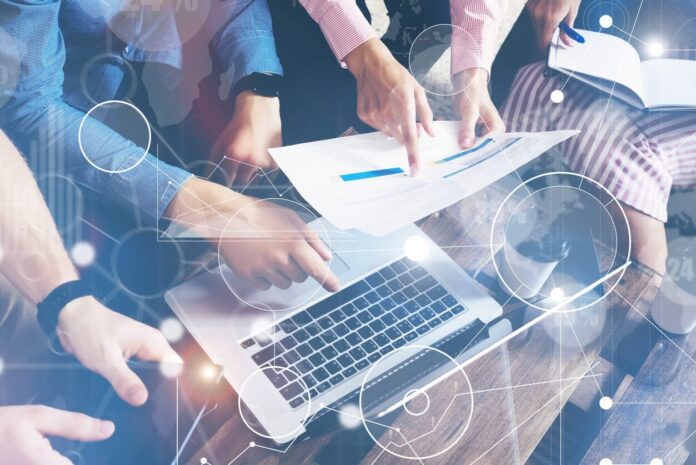
LMS can provide omnipresent content throughout the organization where every employee can find the training they need. In this process, an organization can create a culture of continuous learning that helps your business stay relevant and profitable in an increasingly competitive world. It is not only beneficial for upskilling and assisting the diverse generation of the workforce, but also helps the employee to re-enter the business after a pause.
2. LMS allows anytime anywhere learning
The way we learn has changed quite a bit in the digital age. LMS does not bound learning and development to one teacher within a classroom. An employee can learn anytime, anywhere, on their own terms with an LMS. The accessibility of LMS systems on different electronic devices like mobile phones, tablets, and desktops makes it easier for corporate learners. Your geolocation won’t restrict your learning experience even when you are traveling because you can access your online courses on your mobile device or tablet.
3. LMS can provide a midway of blended learning
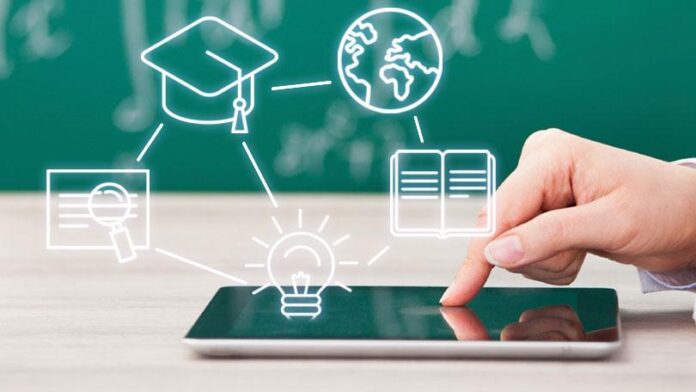
Blended learning through LMS is simply when traditional face-to-face classroom approaches are combined with computer-based activities (eLearning). Reskilling is not a one-time endeavor. Make sure that training is provided to employees at all levels, it incorporates a variety of learning styles to ensure that everyone learns in the same way.
4. LMS can help with cross-generational mentoring
Younger workers are more adaptive to evolving technology and the changes it brings. Similarly, more experienced employees have information from their years of experience that may help them make better decisions. Cross mentoring possibilities may be mutually beneficial if an atmosphere is created where all generations can learn from one another. Those with more years of experience can assist younger employees in career development and decision-making. Furthermore, because of their familiarity with current trends and technology, cross-generational mentorship will enable more younger employees to train more senior colleagues on technology.
5. LMS can help in identifying the needed skills and measuring success

Employees must accept continual learning through assessments so that reskilling does not disappear. Digital workforce plans must go beyond training and development to address culture and working practices. Through a process of tests, rewards on skill completion, and active learning, an LMS may assist you in determining which skills are lacking across your business and within individual teams. Additionally, an LMS allows rewarding employees to develop a competent workforce.
6. LMS Fosters A Continous Learning Culture
An effective skill gap analysis helps different organizations leverage both e-learning and learning technology. This also helps them in fostering a continuous learning culture by regularly assessing the need for upskilling the workforce. This analysis then helps employers in providing appropriate training to the workforce and filling up the skills gap if there’s any kind of crop-ups. In the present scenario, we understand the lack of skilled workers, and these gaps will only be fulfilled once they get compounded with the advancements in technology. By incorporating an LMS system in place, organizations can motivate their employees to take learning opportunities into their own hands if they want to stay ahead and impend the skill gaps.
7. LMS Makes Employees Self Dependent
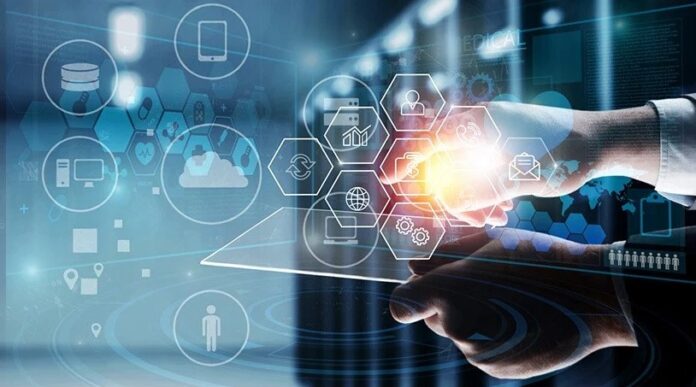
The best way to bridge the digital generation gap in the first place is not to have them. In order to achieve this, organizations will have to provide their employees with specific skills and cultures. These skills should be encouraging enough for the employees to train on their own so that they can strive to keep their skill set current.
8. LMS Brings Competency & Talent Management
We all know LMS is an efficient tool whenever it comes down to the competencies of the organization’s workforce. But LMS with dedicated modules makes it even best for competency and talent management. All of this is very helpful in managing the process of developing skills in every employee. With a dedicated management module, organizations can enjoy better leadership, and thus it will be helpful for the present-day job-specific competencies.
Conclusion
The generation gap has become a thing in today’s workplace. At the same employment, millennial workers have different attitudes and expectations than their seniors, which leads to problems. In the current corporate environment, effective digital upskilling via LMS is the need of the hour for bridging the generation gap and building a learning and growing ecosystem. We can’t deny the fact that today its highly important to mix ourselves with the digital world if we want to compete in the market and LMS helps you for the same.
